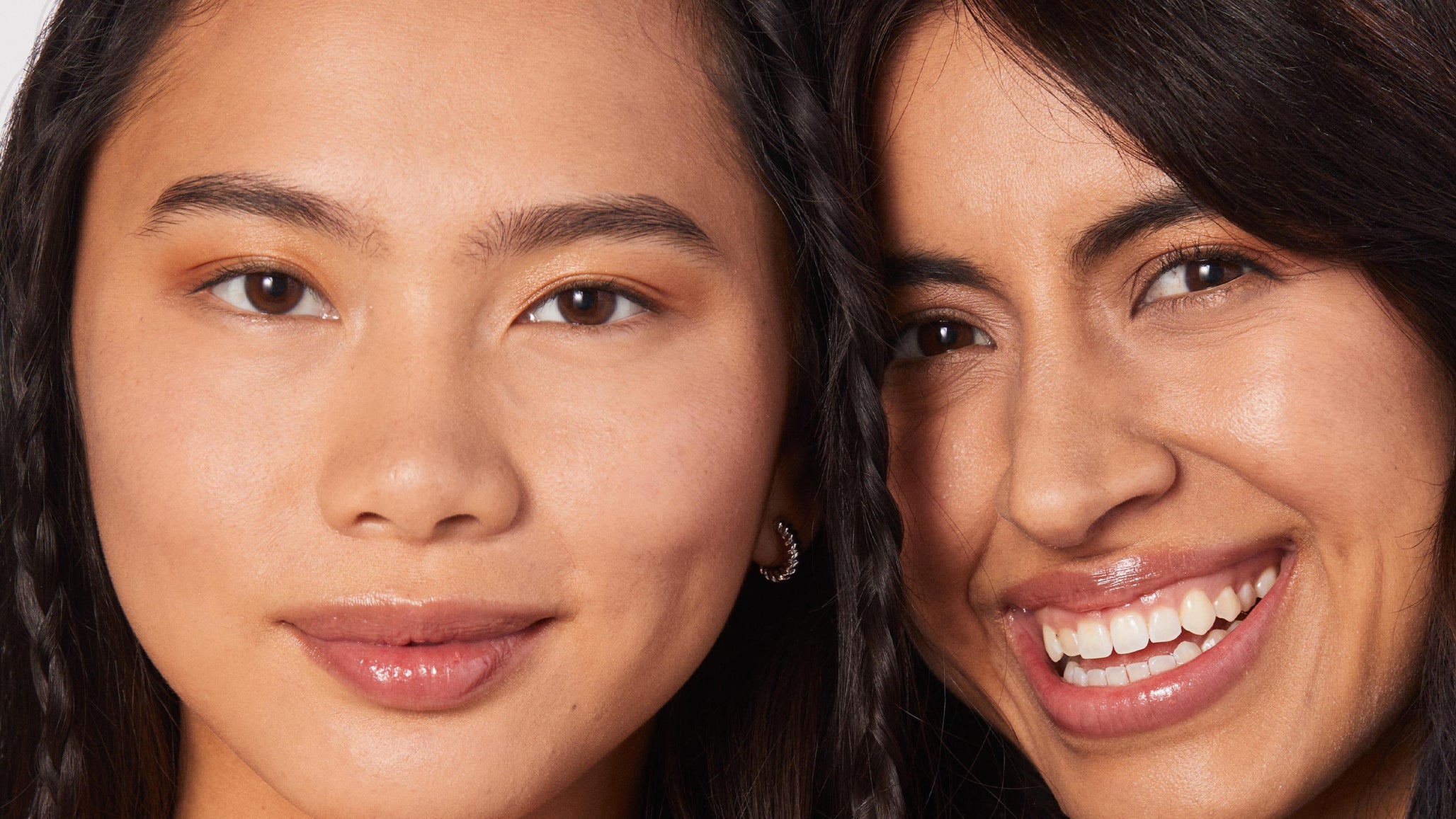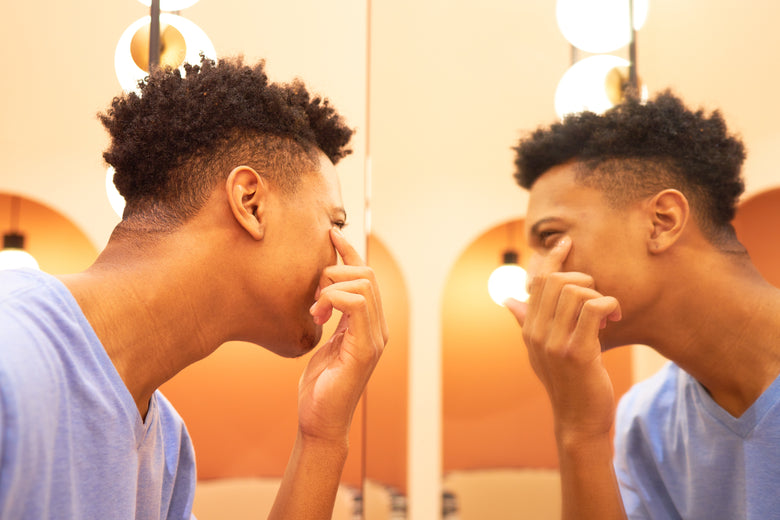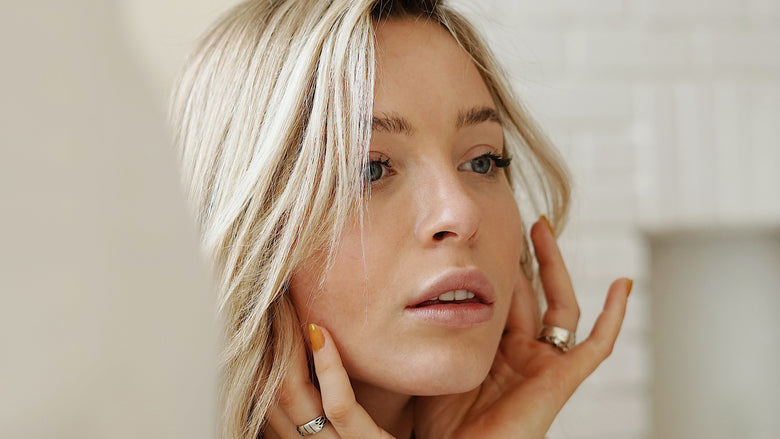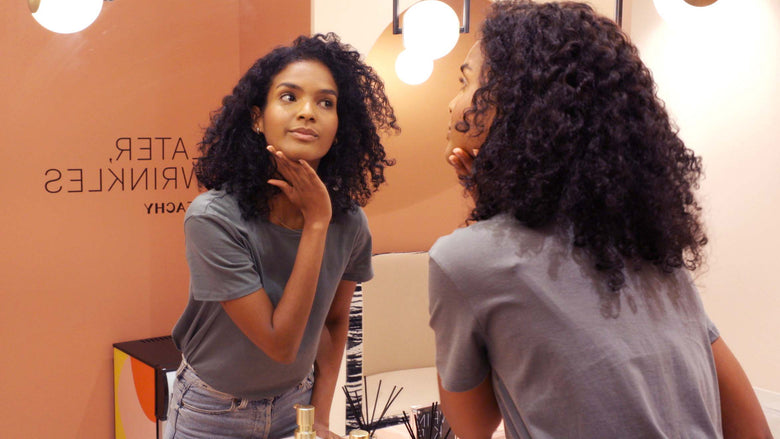While it may be a catch-all term, Botox® is a specific brand of wrinkle relaxers that both prevents and diminishes the appearance of wrinkles.
Often it is viewed as the wrinkle relaxer treatment, but that’s not quite true. There are actually multiple FDA-approved brands which serve the same wrinkle-fighting function as Botox®. These include Xeomin®, Jeuveau®, and Dysport®.
Beneath the skin, botox works by targeting particular facial muscles (the ones causing wrinkles to form), making them contract less with use.
This act of relaxing specific muscles is what releases creasing in skin, giving the face that naturally replenished look without altering one’s actual appearance.
Safety and effectiveness for botox are very well established, making it one of the most sought out treatments for fine lines and wrinkles. And with results lasting between three and four months, it’s an excellent long-term solution for keeping wrinkles at bay.
Beyond the brand, what is botox?
As a therapeutic agent, botox is derived from a specific toxin of C. botulinum, or “botulinum toxin serotype A.”
A neuromodulating protein, botox has been approved by the FDA for treating wrinkles at three select areas along the face:
Frontalis muscle – “worry lines” across the forehead.
Orbicularis oculi muscle – “crow’s feet” along the outer eye portions.
Procerus and corrugator muscles – “elevens” between eyebrows.
Does Botox® have ingredients?
Yes, but only three!
OnabotulinumtoxinA – the neuromuscular blocker for limiting muscle contractions.
Human albumin – a common transport protein naturally found in the body.
Sodium chloride – the very same you’d find in a kitchen!
While OnabotulinumtoxinA is botox’s single active ingredient, each of these has a specific function in relaxing existing lines and preventing future ones.
(Inactive ingredients in neuromodulators will vary between brands.)
So. How is botox made?
It’s a pretty technical process. Botox is produced from a culture of the Hall strain of C. botulinum. The culture is then refined through a series of acid precipitations. What remains is a crystalline complex containing the purified toxin and other proteins. It arrives in powder form and is reconstituted with saline into a clear liquid.
And it’s safe?
Extremely, and effective.
The FDA approved botox treatment between the eyebrows in 2002, crow’s feet in 2013, and forehead lines in 2017.
Interestingly, botox was first approved for medical use in 1989 – long before its cosmetic prospects. So while its FDA-approval is relatively new, the science underlying botox as a therapeutic agent is well founded.
Since botox’s beginnings, no long-term adverse effects have been reported and no systemic safety problems have been associated with proper FDA-approved use. It is considered a drug with a broad margin of safety and is wonderfully effective at treating wrinkles and fine lines.
What’s right for me?
We could talk shop all day, honestly we could! If diminishing wrinkles and fine lines is something you’re considering, we keep consults cost-free for precisely this reason.
Schedule a complimentary visit at any of our studios and speak with a Peachy provider to see where tailored wrinkle treatment can take your look.




